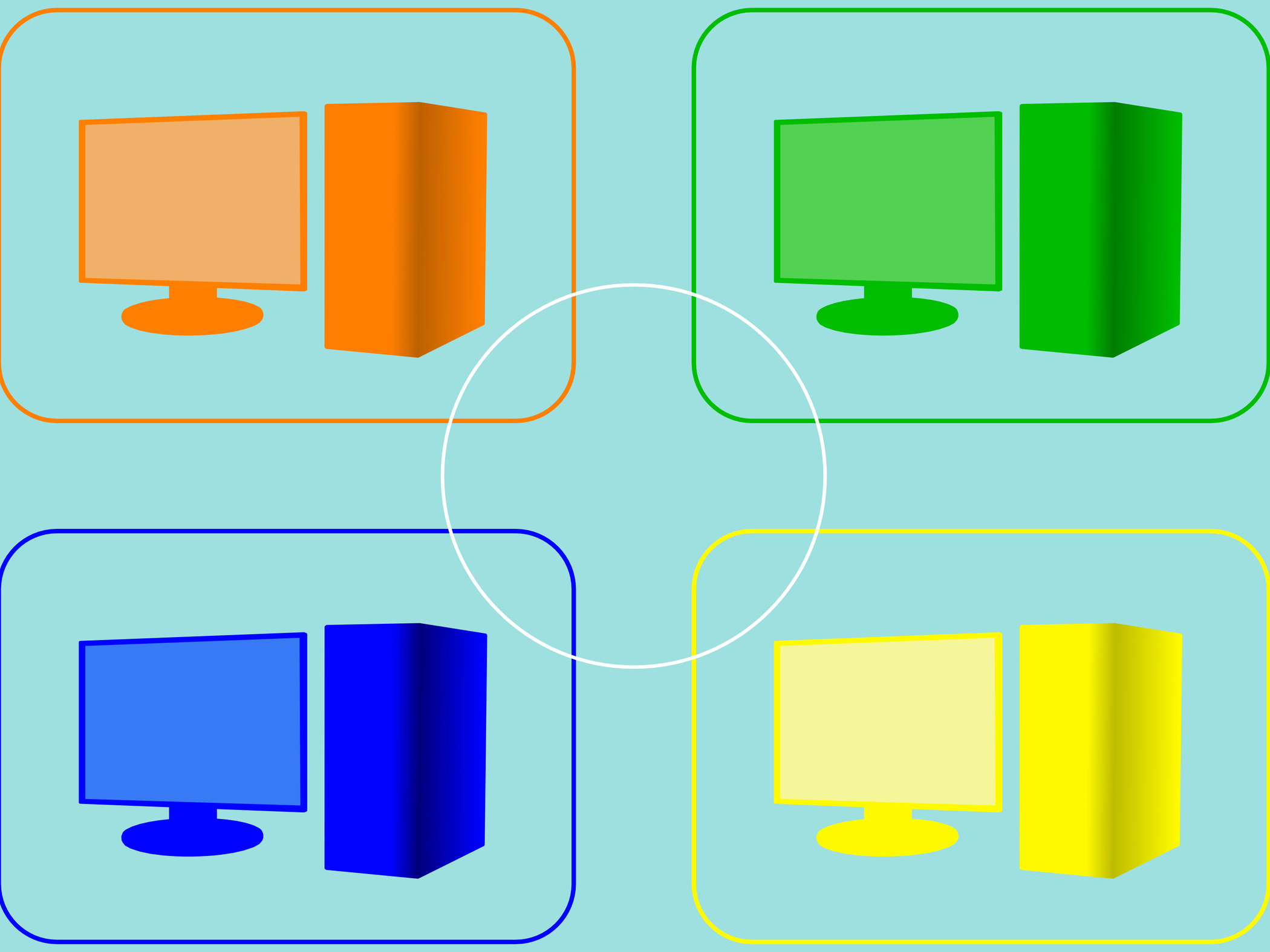F5 Networks in the city
Steve Cassidy has been cooking up an IT storm with a simple list of ingredients.

The new City offices, in the coat-tails of Tower 42, are a bit of a departure for a technology company so pure they probably floss with Cat5 cable. This is a demo suite, with a gorgeously curved and logically designed data centre which I will be going back to slobber over armed with my very best cameras. It has a complete telepresence VC room, with immersive acoustics, shared whiteboards and a bit of a "bridge of the Enterprise" feel to the tiered seating. Such is the focus of attention on the data centre that while it only has F5's own kit in it, it seems curiously empty in the racks but then a chat with the High Priest, oops I mean friendly techie, reveals that each 19 inch enclosure can run 10Kw of servers and there are customers who bring in trolley-loads of kit to rack up, try out, and then take away again. Stubbing my toe in the back hot-air exhaust room on rows of fat Commando power connectors rather supported his assertion.
F5's only slightly curious statement was around the desirability of IPv6 vs IPv4. Its success has been almost entirely in the IPv4 era, and their takeup of IPv6 has been so early inside their own architecture that they have been sitting on the finisher's line throughout the often rocky and peculiar uptake of v6 that has characterised the last few years for smaller, lower-IQ or more urgently motivated adopters. From a traffic management perspective, I suspect it views IPv4 as adequate into the hundreds of millions of transactions scale, and the trumpeted advantages of v6 as being some years away from full relevance.
But with both the downloadable VM appliance demo, and the entirely physical, bruise-raising multikilowatt demo suite, you don't need to take its word for it. You can try it for yourself.
Sign up today and you will receive a free copy of our Future Focus 2025 report - the leading guidance on AI, cybersecurity and other IT challenges as per 700+ senior executives
-
 Hacker offering US engineering firm data online after alleged breach
Hacker offering US engineering firm data online after alleged breachNews Data relating to Tampa Electric Company, Duke Energy Florida, and American Electric Power was allegedly stolen
-
 Threat intel could be your secret weapon in cybersecurity sales
Threat intel could be your secret weapon in cybersecurity salesIndustry Insights Threat intelligence transforms cybersecurity sales from reactive product pitching to strategic advisory.